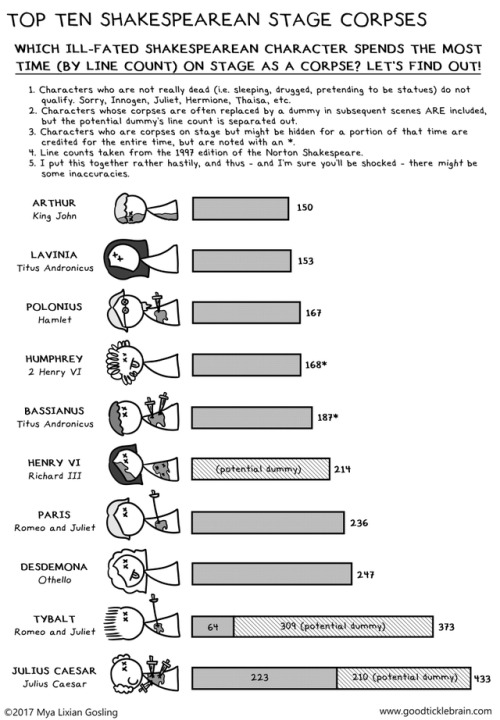#staging
Soot being bold

How do you emphasize to the audience that something is important? Well, you could always cut to a close-up, but how about something subtler? Today I consider ensemble staging — a style of filmmaking that directs the audience exactly where to look, without ever seeming to do so at all.
Eight Ways to Get the Audience to Look at Someone/Something:
1) Let Them Speak
2) Make Them Brighter or Bring Them Closer
3) Let Them Move (Especially Hands or Eyes)
4) Put Them in the Center of Frame
5) Turn Them Towards the Lens
6) Separate Them from the Group
7) Isolate Them by Moving the Camera
8) Have Other People Look at Them
One of the great things about detailed production design is that it pays off in unexpected ways. So today I explore the weird possibilities of that most common of objects: the chair.
For educational purposes only. You can donate to support the channel at
Patreon:http://www.patreon.com/everyframeapainting
And follow me here:
Twitter:https://twitter.com/tonyszhou
Facebook:https://www.facebook.com/everyframeapainting
Can movement tell a story? Sure, if you’re as gifted as Akira Kurosawa. More than any other filmmaker, he had an innate understanding of movement and how to capture it onscreen. Join me today in studying the master, possibly the greatest composer of motion in film history.
For educational purposes only. You can donate to support the channel at
Patreon:http://www.patreon.com/everyframeapainting
And follow me here:
Twitter:https://twitter.com/tonyszhou
Facebook:https://www.facebook.com/everyframeapainting
One of the many pleasures of Nicolas Winding Refn’s “Drive” (2011) is that the shots feel both tightly composed and weirdly unpredictable. Even though most of the images follow a simple quadrant system, Refn puts plenty of subtle touches within the frame. Let’s take a look.
For educational purposes only. You can donate to support the channel at
Patreon:http://www.patreon.com/everyframeapainting
And follow me here: Twitter: https://twitter.com/tonyszhou
Facebook:https://www.facebook.com/everyframeapainting
For educational purposes only. You can donate to support the channel at
Patreon: http://www.patreon.com/everyframeapainting
And follow me here:
Twitter: https://twitter.com/tonyszhou
Facebook: https://www.facebook.com/everyframeapainting
12 Principles of Animation
(0:10) 1. Squash and Stretch
(2:07) 2. Anticipation
(4:14) 3. Staging
(6:33) 4. Straight Ahead/Pose to Pose
(9:14) 5. Follow Through & Overlapping Action
(11:17) 6. Slow In & Slow Out
(12:57) 7. Arcs
(14:38) 8. Secondary Action
(16:11) 9. Timing
(18:22) 10. Exaggeration
(19:55) 11. Solid Drawing
(21:38) 12. Appeal
So, last month @jmujaneway asked me the following question:
“Hiya! Someone at lunch said there’s a debate as to which Shakespeare character spends the most time dead on stage. I figured you’d know! Please help?”
I offered up my best guesses (Caesar and Desdemona) and then you guys took over, with @nellololol going to far as to do some in-depth research and provide us with some line counts. This was far too fun to leave alone, though, so I’ve done my own line-counting and here are the results!
Now, Bassianus and Humphrey are somewhat debatable, as they can conceivably spend part of their “dead” time hidden in a pit or behind bed curtains respectively. However, I have seen both languish on stage in person, so they are included. Conversely, I don’t think I’ve ever seen a Romeo and Juliet production that actually included the “real live body” of Tybalt in the final scene, but I have heard of those that have, and that have similarly had a “real live body” of Caesar in the funeral scene.
If we go by the has-to-be-on-stage-dead-the-entire-time-no-chance-of-being-swapped-out-for-a-dummy matrix, however, the winner is Desdemona. Take a bow Desd– oh wait, you can’t. You’re dead.
Post link







